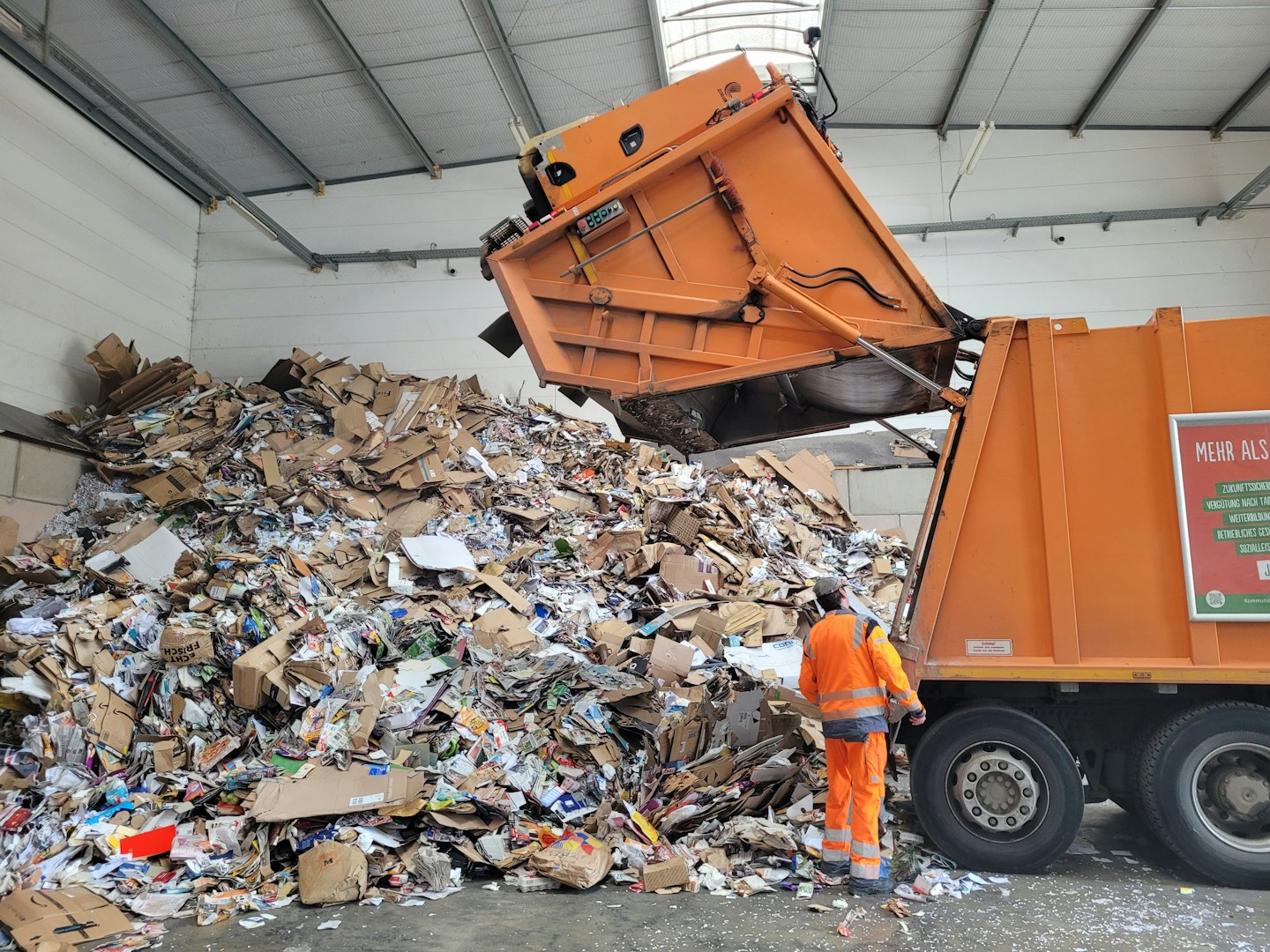The 190th Munich Oktoberfest has officially wrapped up — and while the world’s largest folk festival once again drew millions of visitors, it also left behind a staggering amount of trash.
According to the Munich Waste Management Department (AWM), a total of 962 tons of waste had to be collected and disposed of after this year’s celebration.
Despite record heat, bomb threats, and a packed festival ground, the Oktoberfest 2025 will be remembered not only for its atmosphere and beer, but also for the massive cleanup operation that followed.
6.5 million visitors, 962 tons of waste
This year, around 6.5 million people visited the Theresienwiese during the 16-day festival — roughly matching last year’s numbers.
Each visitor left behind an average of 150 grams of waste, which may not sound like much individually, but together adds up to nearly 1,000 metric tons of garbage.
The city’s official statement reports:
- 770 tons of residual waste (general garbage)
- 76 tons of paper waste
- 116 tons of broken glass and mixed recyclables
These figures underline the enormous logistical challenge the cleanup crews face every year once the festival closes.
Nightly cleanup operation across the festival grounds
Every night after midnight, when the beer tents and amusement rides shut down, the AWM’s 30-member cleanup team goes into action.
Their task: emptying hundreds of bins, replacing full containers, and ensuring the 42-hectare festival site looks spotless again by morning.
The Container Services Division of AWM coordinates the nightly operations, with teams systematically covering the entrances, exits, and main thoroughfares of the Wiesn.
In addition to visible trash removal, specialized crews handle the recycling and waste separation process, ensuring glass, cardboard, and organic materials are processed according to environmental standards.
A massive task behind the scenes
According to AWM, the most intensive work takes place between midnight and sunrise, when heavy transport vehicles collect full containers and replace them with empty ones before the next wave of visitors arrives.
The city emphasizes that the cleanup is not just about hygiene but also public safety, as broken glass and litter can pose serious risks to early-morning staff and logistics workers.
Tradition, celebration – and responsibility
Oktoberfest’s ecological footprint has long been a topic of debate.
While organizers have made efforts to reduce plastic use and promote recycling, the sheer volume of food, drink, and disposable materials makes complete sustainability a major challenge.
Still, Munich’s waste management teams take pride in keeping the world’s biggest beer festival clean and operational — proof that German precision doesn’t stop at the beer taps.









